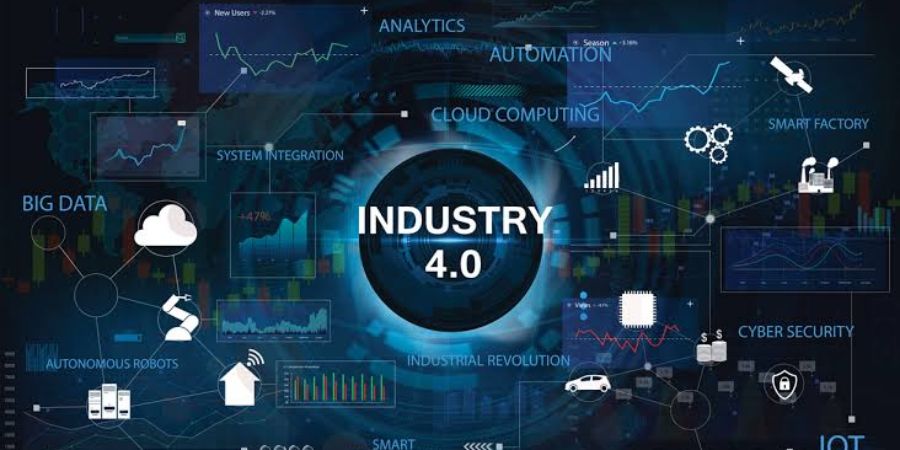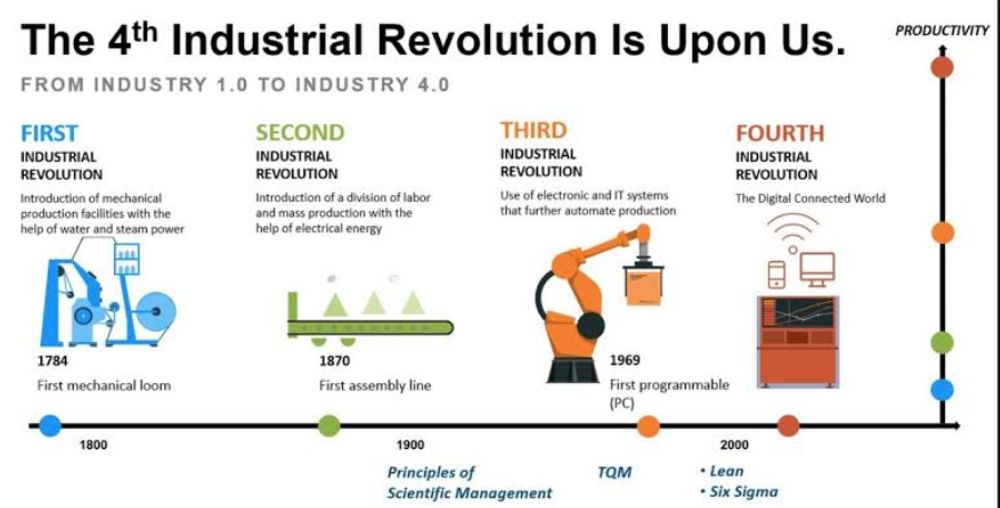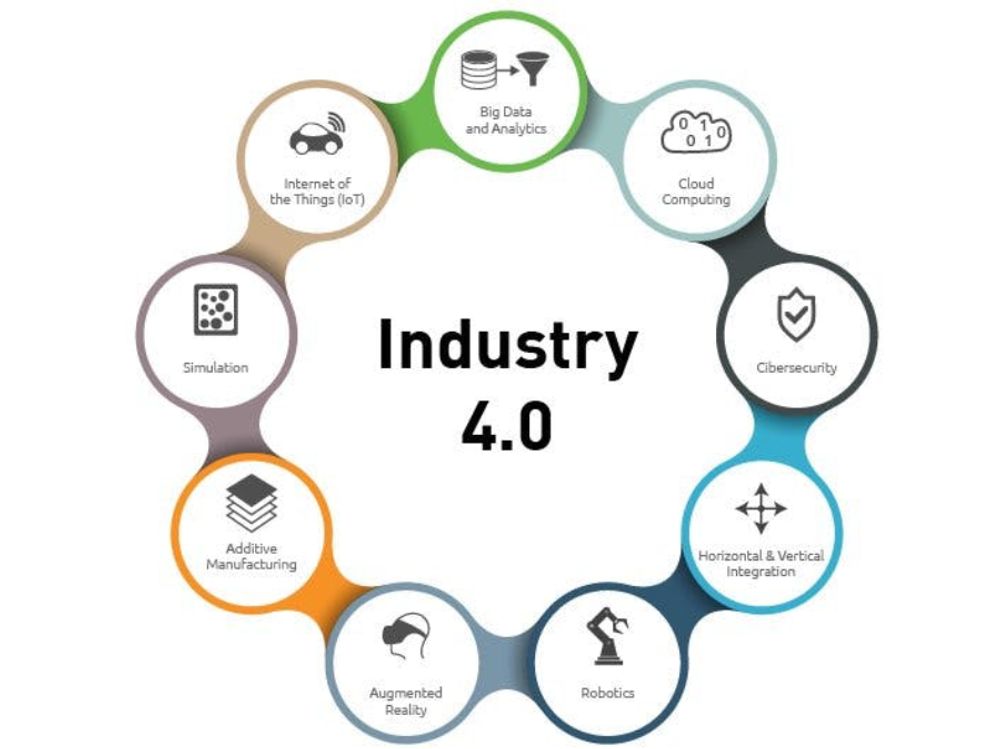

The industrial revolution has been taking proceeding changes for better advancement for centuries and many more years from the 18th century (Industry 1.0) to the present revolution which is the 4th revolution or Industry 4.0 or 4IR. With the increase in the volume of production, the level of complexity changed from 1.0 to 4.0.

Industry 4.0 started in the early 21st century. The fourth industrial revolution transforms the supply chain, automation, and monitoring in factories and manufacturing sectors with the help of smart technology.
The integration of real-time data and its analysis is important. It's just about data, that can be easily accessible and made available. Smart products and businesses are handled by the data.
It is the age of cyber-physical systems connecting the virtual with the physical to compute, communicate and control. Industry 4.0 is related to digital twin technologies.
Digital transformation and technologies have transformed industries and companies and made them smarter which is part of Industry 4.0. It is the optimized and computerized version of Industry 3.0. Many of the tasks performed by humans will be automated.

Industry 4.0 consists of 9 main technologies that include 3D printing, cloud computing, smart factories, big data, and data analytics, augmented reality, IIoT, autonomous robots, cybersecurity, simulation or digital twins, horizontal and vertical integration, and other than this includes robotics, industrial automation, smart manufacturing, etc.
Below will be described a few of the technologies associated with Industry 4.0 as follows:
IIoT(Industrial Internet of Things) refers to the manufacturing process that refers to the connectivity between people, data, and machines. IoT (Internet of Things) is defined as devices connected to the internet that communicate with each other.
It can communicate with sensors in machinery, and shopfloors of manufacturing industries and can monitor and update the status of the manufacturer. IoT is an essential feature of smart factories. Both terms are interchangeable.
The main part of industry 4.0 is CPS(Cyber-physical system) or cybersecurity which protects the systems from malicious attacks and malware and digitally connects to factories. It provides security to both physical and virtual systems i.e. IT(Information Technology) and OT(Operational Technology).
It is one of the technologies that fund and influence Industry 4.0 technology, approaches, and outcomes. It is another name for Industry 4.0. Both terms are analogous to each other smart factories and manufacturing. All of it includes robotics and similar others like cobots, BigData, artificial intelligence, etc.
Cloud computing is fundamental to any Industry 4.0 system. The main use of the cloud is to provide the whole fulfillment of smart manufacturing needs of connectivity and integration of engineering, supply chain production, sales, and distribution services.
Cloud computing allows providing computing services through the cloud and reducing the cost of startups like small or medium-scale manufacturers that fulfill their requirements and grow their sales. It also provides virtual data storage and ERP-related software for file and resource management.
The main aim of Industry 4.0 is the digital transformation of manufacturing industries to make them intelligent. Another upcoming revolution of Industry 5.0 will be using more advanced robots and smart machines in many sectors and will be officially released by 2025.
With this I conclude the topic, let me know in the comments how you find my today's blog. Thanks for reading. Do like & keep supporting my blogs and follow them.










